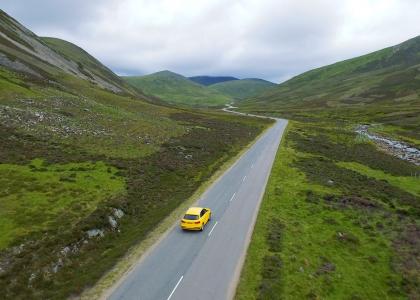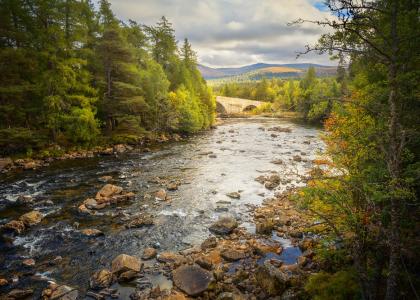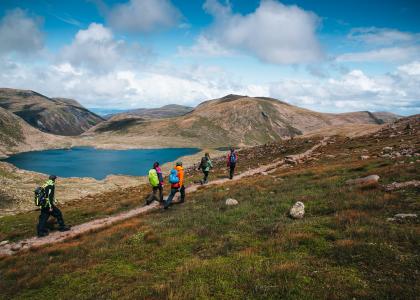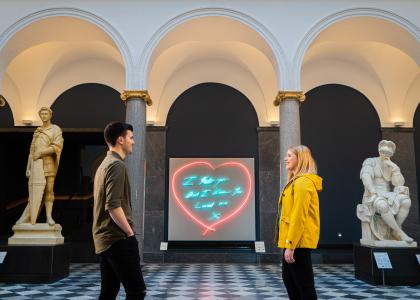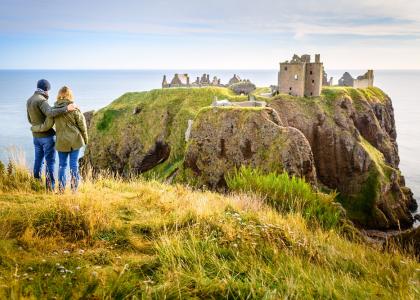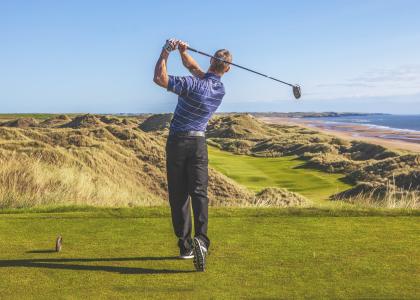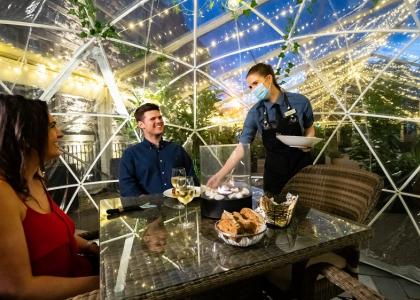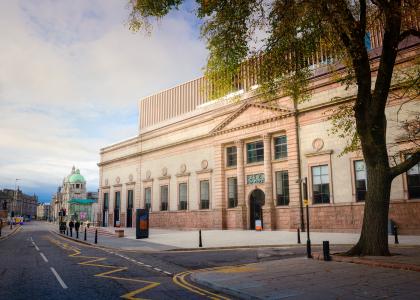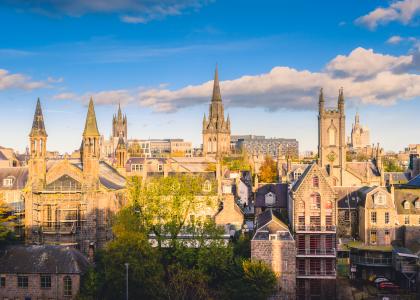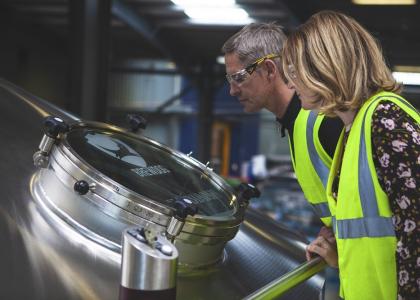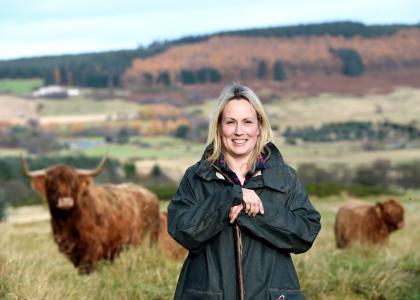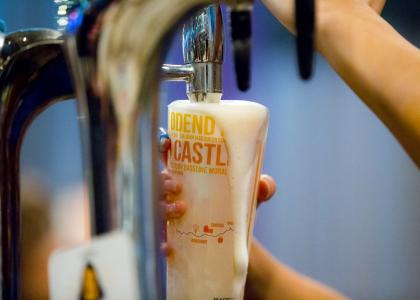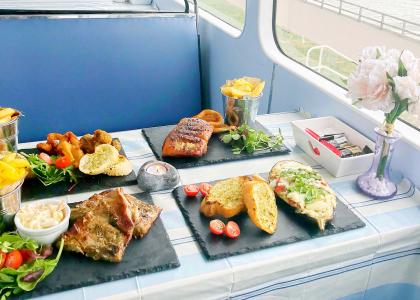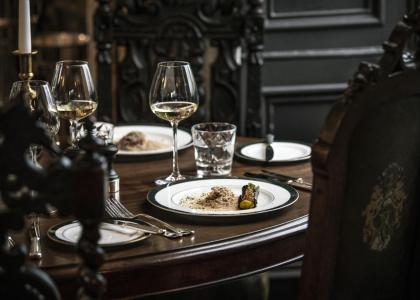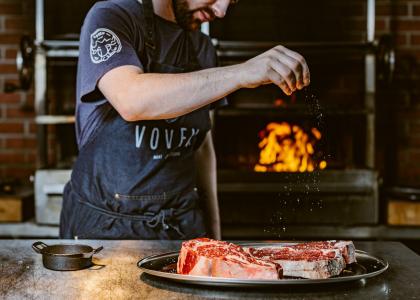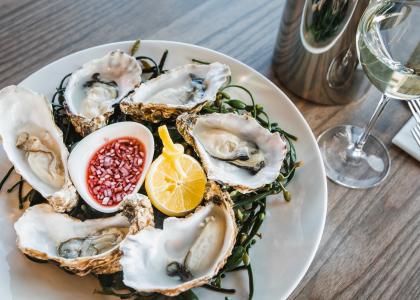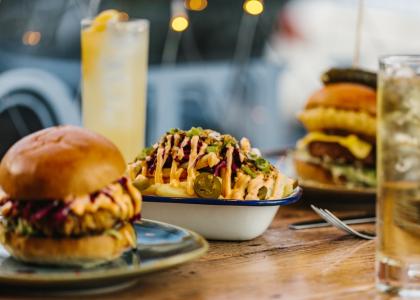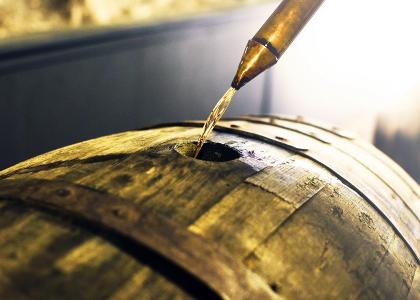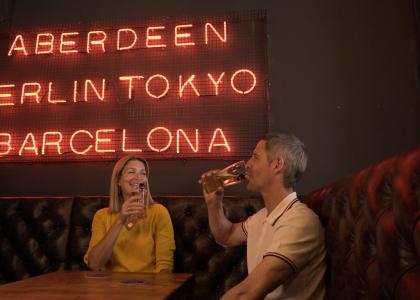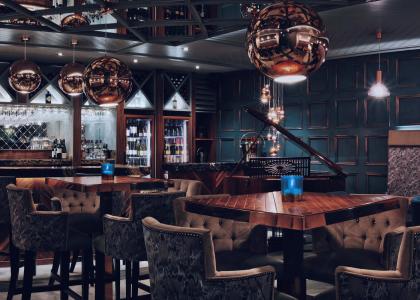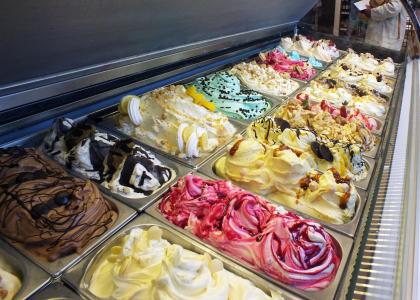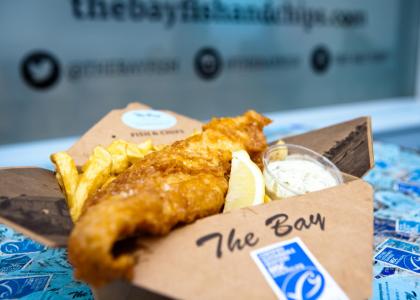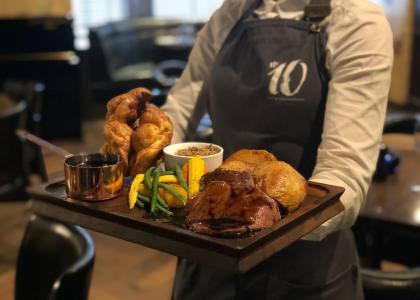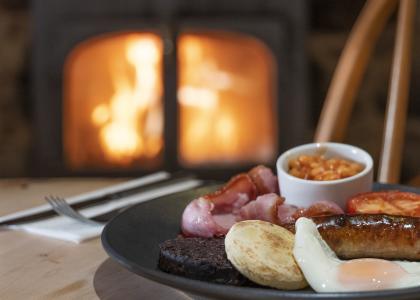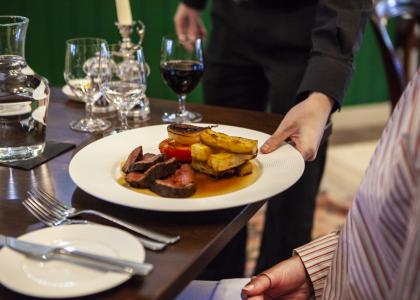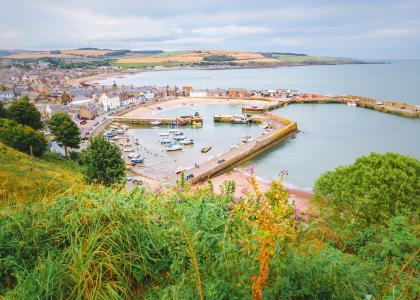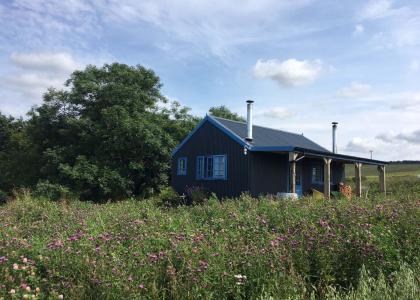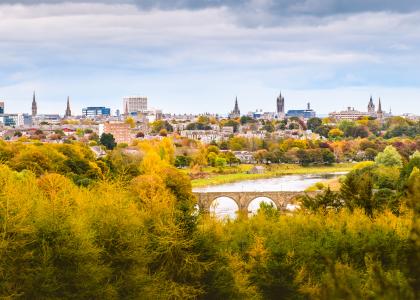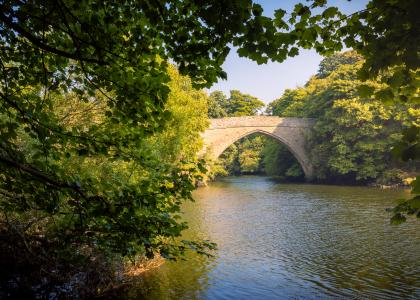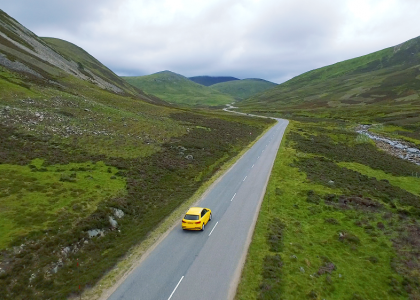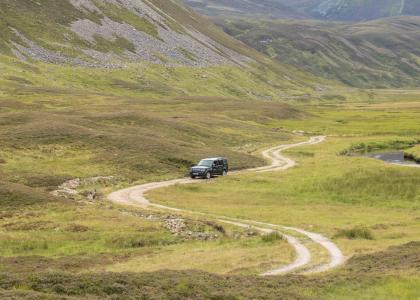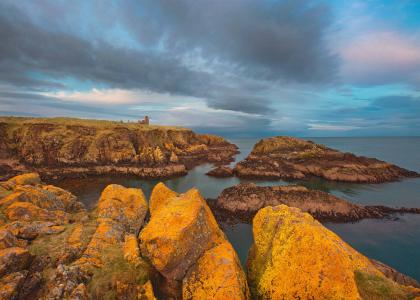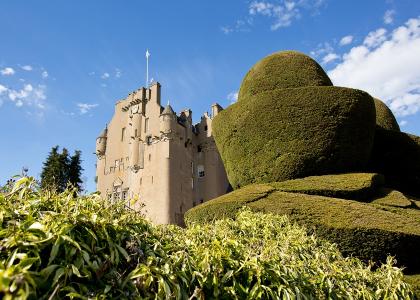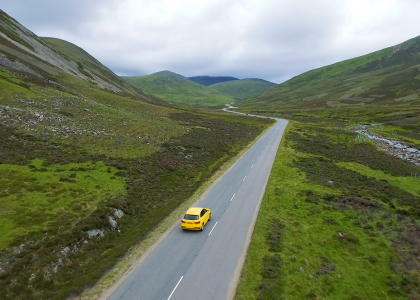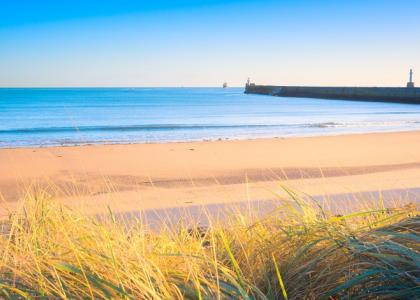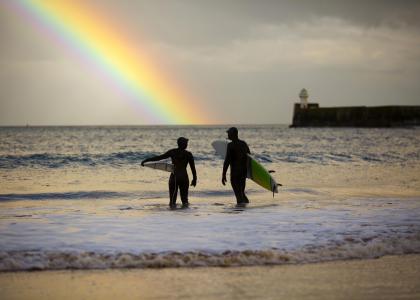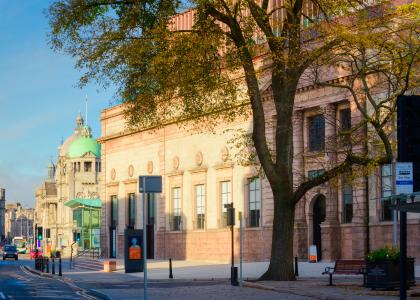
Follow in the footsteps of the Outlaw King in Aberdeen and Aberdeenshire
9 November 2018
If someone asked you to name a famous Scottish historical figure who would be the first person to pop into your mind? William Wallace? Mary Queen of Scots? Charles Edward Stuart (aka Bonnie Prince Charlie) perhaps? Each have their own iconic story immortalized on the big screen in Braveheart (1995), Outlander (2014-) and Mary Queen of Scots (2018) being they are just the beginning. One historical figure will be given a new lease of life as his story is reimagined for a whole new generation.
To celebrate the release of Outlaw King today on Netflix we’ve pulled together some of the King of Scotland, Robert the Bruce’s connections to Aberdeen and Aberdeenshire.
Follow the footsteps of the King of Scotland when you visit:
Aberdeen Castle
We know Aberdeen and Aberdeenshire have been home to a wealth of castles in the past (many you can still visit today) but did you know that there was once a castle at the end of Union Street? Aberdeen Castle was situated where the Castlegate is today (makes sense, right?). The castle is thought to have been burned down in 1308 by Robert the Bruce after massacring the English Garrison. To prevent the castle falling back into the hands of the English it was destroyed and Aberdeen was returned to the townspeople.
As the legend goes Aberdeen’s motto: “Happy to meet, sorry to part, happy to meet again – Bon Accord!”, comes from a Masonic poem and “Bon Accord” was the secret password used when Robert the Bruce and his troops laid waste to Aberdeen Castle.
Robert The Bruce Statue
Round the corner from the Castlegate you will find Marischal College. Standing proud in front of the building you will see a striking Robert the Bruce Statue. The statue was unveiled in 2011 after the council proposed that the city remember the debt owed to Robert the Bruce. He was one of the city’s key benefactors and the city’s Common Good Fund was created as a result of a charter issued by Robert the Bruce in 1319.
Brig O Balgownie
Legend has it that Aberdeen owes one of it’s most picturesque (and Instagrammable) spots in the city to Robert the Bruce: the Brig O' Balgownie in Old Aberdeen. The bridge was started by Bishop Henry Cheyne in the late 13th or early 14th century and was completed by Robert the Bruce. Today the Brig o’ Balgownie is a Scheduled Ancient Monument.
The Battle of Barra
The Battle of Barra, also known as the Battle of Inverurie, was fought in May 1308. Robert the Bruce reigned victorious over John Comyn, 3rd Earl of Buchan followed by the Harrying of Buchan (also known as the Rape of Buchan). The event saw vast areas of Buchan then ruled by Clan Comyn burnt to the ground and those loyal to the Comyns were killed and their cattle slaughtering. In an age of violence this was seen as unprecedently savage. During the attacks Robert the Bruce supposedly spared the lives of the monks of Old Deer Church.
Legend has it that Bruce’s Seat near Oldmeldrum, a natural rock formation shaped like a seat, was where Robert The Bruce sat during the Battle of Barra as he was ill at the time. You can still visit the feature today.
Balvenie Castle
For over 500 years Balvenie Castle was a mighty stronghold until Robert the Bruce overthrew the powerful lords in 1306 and seized the throne. Robert the Bruce took Balvenie Castle in 1308 after defeating John Comyn, 3rd Earl of Buchan in the Battle of Barra. John Comyn fled to England and Bruce’s army chased him as far as Turriff. After this event, the siege of Aberdeen Castle took place.
Kildrummy Castle
After the Scots were defeated in the Battle of Methven (Methven is a village in Perth and Kinross), Robert the Bruce sent his wife Elizabeth de Burgh and his daughters Marjorie (from his first marriage with Isabella of Mar), and his sisters Mary and Christina to Kildrummy Castle to be under the protection of his brother Niall (also called Nigel). The English laid siege to the castle and ultimately hung, drew and quartered Niall Bruce and all the men from the castle [a sentence familiar to those who have seen Braveheart]. The ladies managed to escape and were taken to a sanctuary, in the royal burgh of Tain, by the Earl of Ross who later betrayed them when he handed them over to the English and two of the women were caged outdoors for four years, before being liberated in 1314.
Cullen
Robert the Bruce’s second wife Elizabeth de Burgh who he was married to for 25 years died at the royal residence in Cullen. She was buried at Dunfermline Abbey where Robert the Bruce was buried 18 months later. However, the organs of Elizabeth are said to have been buried in Cullen Auld Kirk after they were removed during the embalming process.
For more information about what to do in Aberdeen and Aberdeenshire click here.

